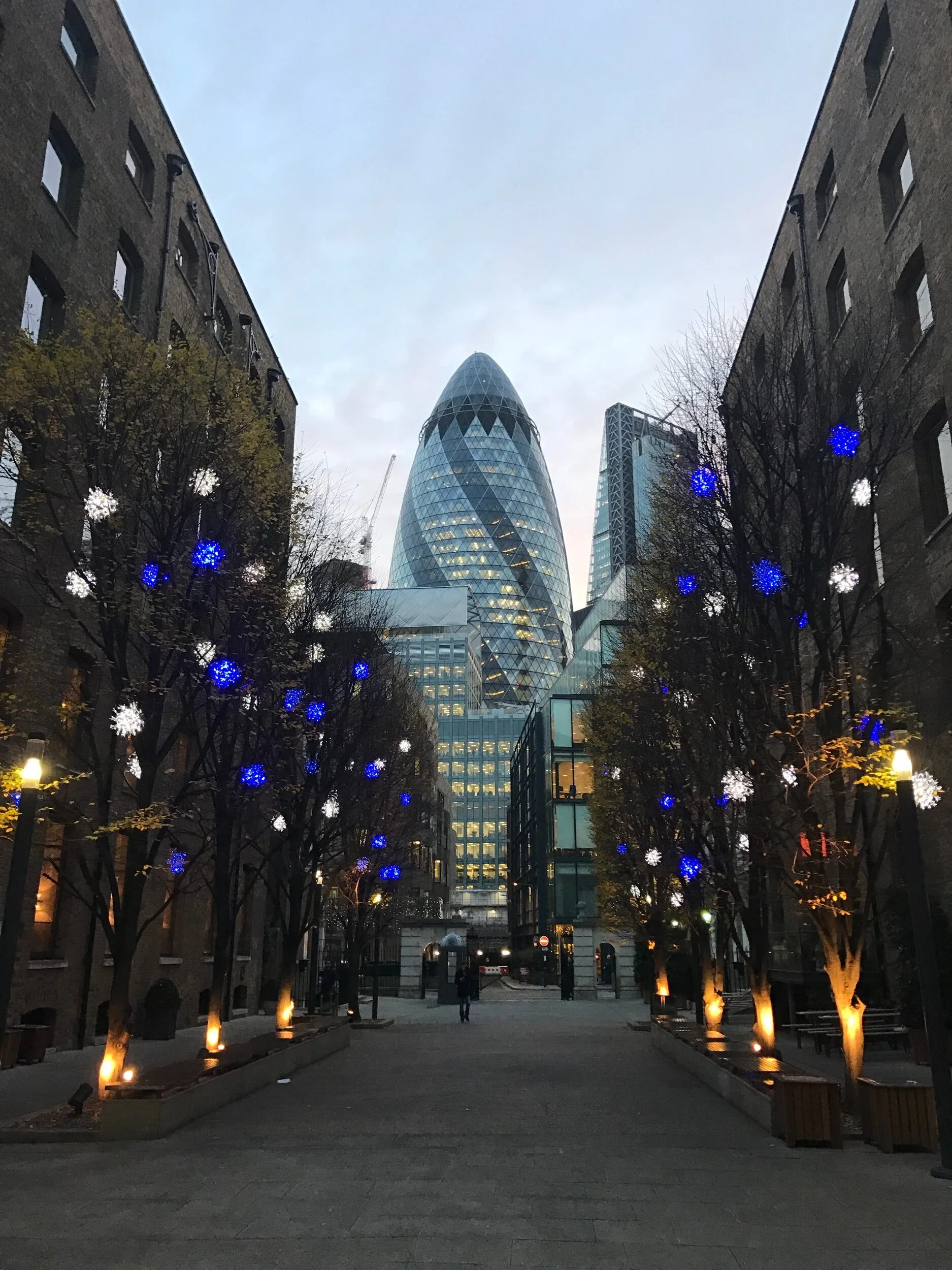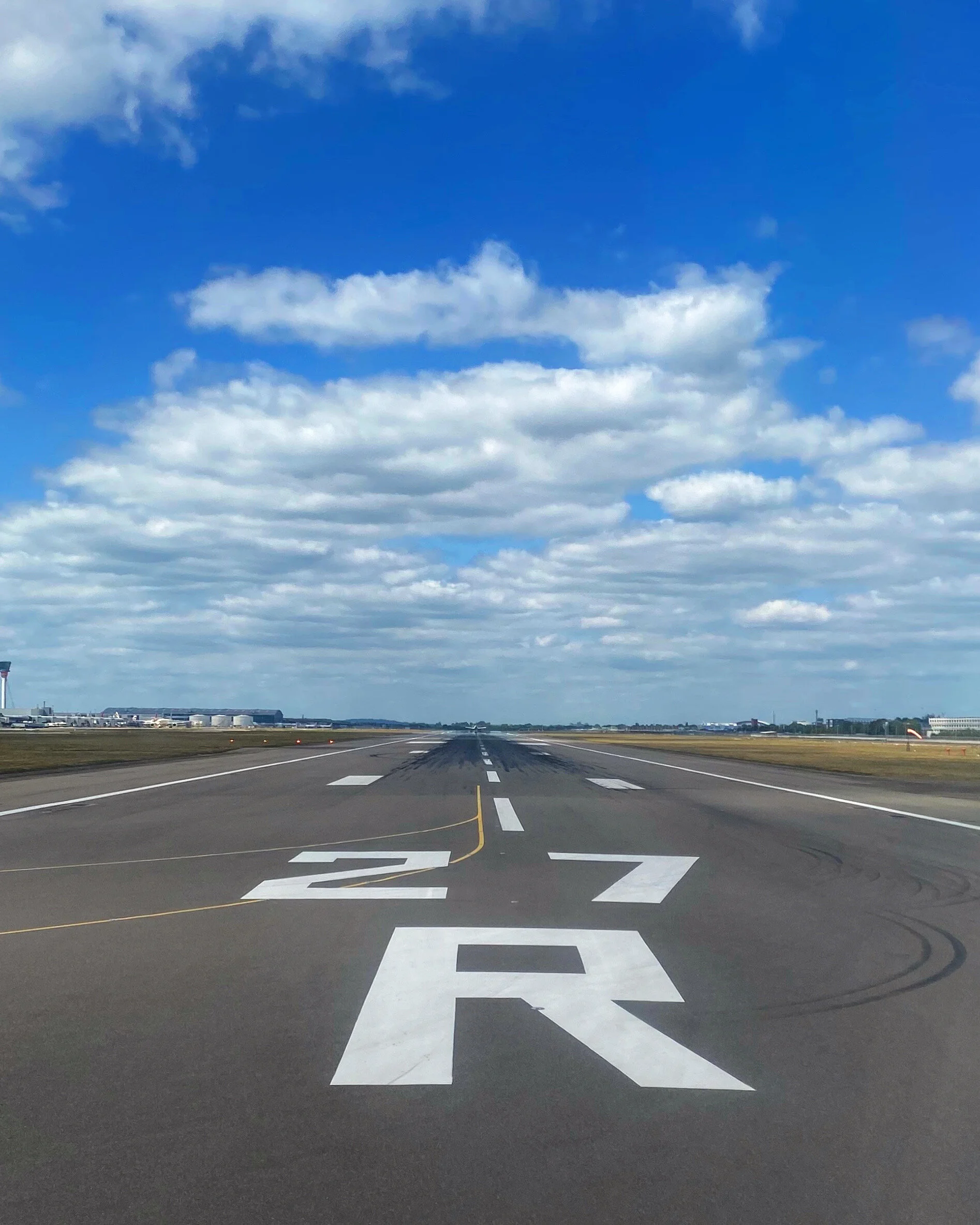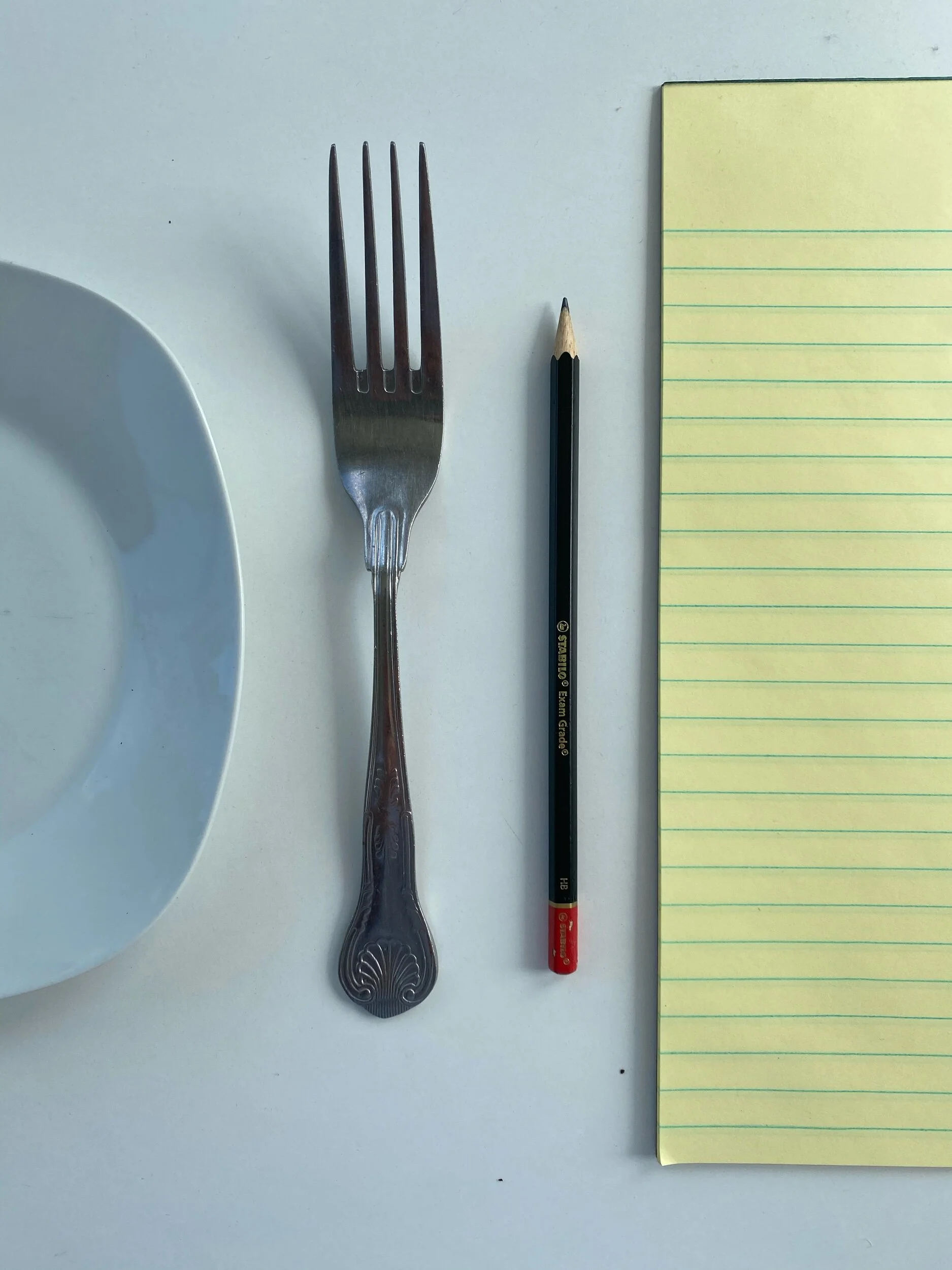Country Comes to Town - Town Comes to Country - 2 COVID Trends
This global pandemic has resulted in changes to almost every aspect of our lives. Some will prove to be fleeting but others may well end up lasting. It’s my belief that the more lasting ones will be because COVID-19 came knocking on an unlocked door. The trend was already in play and all that has happened is that it has been accelerated, at warp speed in the case of the two I want to address in this article.
If the title seems contradictory that’s because it is but in actual fact the two opposite movements are in harmony. It’s because of one that we need the other.
Part 1 - Town Comes To Country
When ‘lockdown’ happened and we all scattered to the 4 points of the compass, abandoning our work desks and office environments we found ourselves hunkering in our homes. Places we spend a considerable amount of money on but hardly ever spend any time in - what with work, travel and recreation for many of us it has been primarily a place to eat, sleep, wash and store our possessions.
All of that changed and, by and large, we enjoyed being at home surrounded by ephemera that we had collected on life’s journey. Restrictions varied by country but, for most of us, our orbit was our immediate neighborhood - we said hello to people we have never seen before, exercised in parks we usually commuted past and spent our money within walking distance of our homes.
As ridiculous as this sounds this was a period of discovery especially for those who commuted long distances into a major city every day. Out by 630am and home at 7.30pm (on a good day) doesn’t give much time to explore or even manifest the desire.
Now, as restrictions are eased and there is an expectation that people will begin to move back towards the city I’m certain that the reality will be somewhat different. The need to maintain ‘social distancing’ will, of course, ensure that return is a trickle rather than a flood but crucially those who make the decisions are probably in the group that have found being closer to home revelatory.
This is why beyond bars and restaurants ‘convenience commerce’ face a massive challenge. Take the dry cleaners situated inside the ticket hall of London’s Green Park underground station. Mayfair footfall providing a steady flow of customers departing and arriving from townhouses and offices - but that’s gone, potentially for good. Or what about ‘co-working’ spaces. They are now in the wrong places. What’s the point of commuting into a conurbation when you would rather walk to somewhere close by - it’s going to be a big market many people want to work close to home but not actually in their home.
Commerce is now in the wrong place. In the main the demand is still there but we are putting off the consumption - for some things it has been easy to swap physical for on-line commerce but for many other things that’s not possible or desirable. There has probably never been a better time to open retail (as long as it’s well thought through and executed) in a smaller town - look at how established retailers quickly sourced new lines to reflect the demand.
All of this is cold comfort for established retail in cities but it is reality and we need to welcome the renaissance that’s about to happen. “Shop local” has never been more on trend. Planners, architects, investors, entrepreneurs need to get cracking.
Which leads me to the other half of the equation.
Part 2 - Country Comes To Town
All of Part 1 notwithstanding we are a social species and we need to gather. Bars, restaurants, theatres, concert halls, galleries, museums, retail with a purpose will still attract people - they need cities. But what about the office ? If you accept my premise in Part 1 the concept of gathering the majority of your workforce in the same location Monday to Friday is gone certainly for the medium term and potentially for good.
But that’s not sustainable. Slack, Teams, Zoom, WhatsApp can only take a team so far. Imagine starting in a new company on Monday morning and doing it all remotely. No serendipitous conversations with new colleagues, zero ability to observe who does what and how. That’s tough.
Conference calls can be creative but they miss the physicality, the ability to read body language or even the phenomenon where often the best ideas happen when 2 of the participants are walking back from the restroom.
Organisations need to address this quickly. Employees coming in to the office to do work they can do at home - NO. Creating regular and safe opportunities to interact in the same space - YES.
In essence we are going to spend less time in city centres but make that time more meaningful. Over time sterile, service depleted (over the last couple of decades) local communities are going to benefit from us all being more present.
The days of the expensive and oppressive daily commute may well have been killed by a virus.
ABOUT THE AUTHOR
Mark Izatt is a brand consultant living in London and founder of Mission Critical, a highly focused and curated weekly briefing for time poor and information hungry decision makers and THE FIRST, a monthly briefing containing 31 inspirational insights. Mission Critical is a digital product delivered via his Estonian Consultancy business.
You can email Mark here and read about his recently published book ‘Mission Critical - 101 tips to survive and thrive at work in the office, on the move and at home’.



